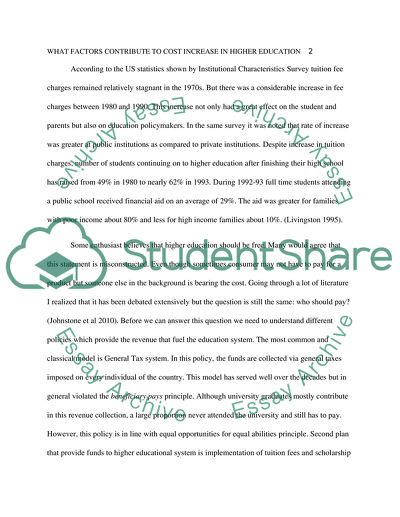Cite this document
(“What Factors Contribute to Cost Increase in Higher Education Research Paper”, n.d.)
What Factors Contribute to Cost Increase in Higher Education Research Paper. Retrieved from https://studentshare.org/education/1589957-what-factors-contribute-to-cost-increases-in-higher-edcation
What Factors Contribute to Cost Increase in Higher Education Research Paper. Retrieved from https://studentshare.org/education/1589957-what-factors-contribute-to-cost-increases-in-higher-edcation
(What Factors Contribute to Cost Increase in Higher Education Research Paper)
What Factors Contribute to Cost Increase in Higher Education Research Paper. https://studentshare.org/education/1589957-what-factors-contribute-to-cost-increases-in-higher-edcation.
What Factors Contribute to Cost Increase in Higher Education Research Paper. https://studentshare.org/education/1589957-what-factors-contribute-to-cost-increases-in-higher-edcation.
“What Factors Contribute to Cost Increase in Higher Education Research Paper”, n.d. https://studentshare.org/education/1589957-what-factors-contribute-to-cost-increases-in-higher-edcation.


